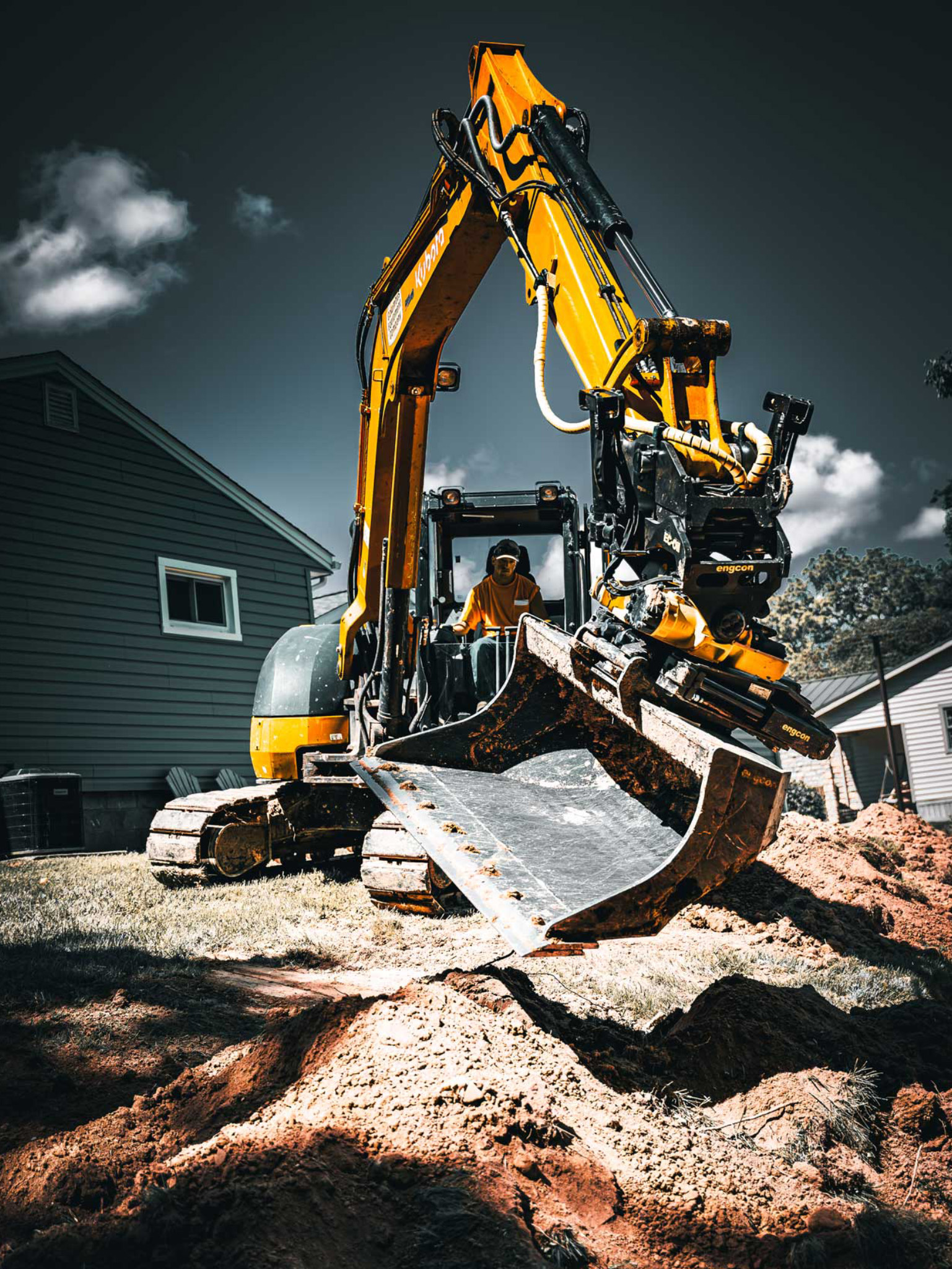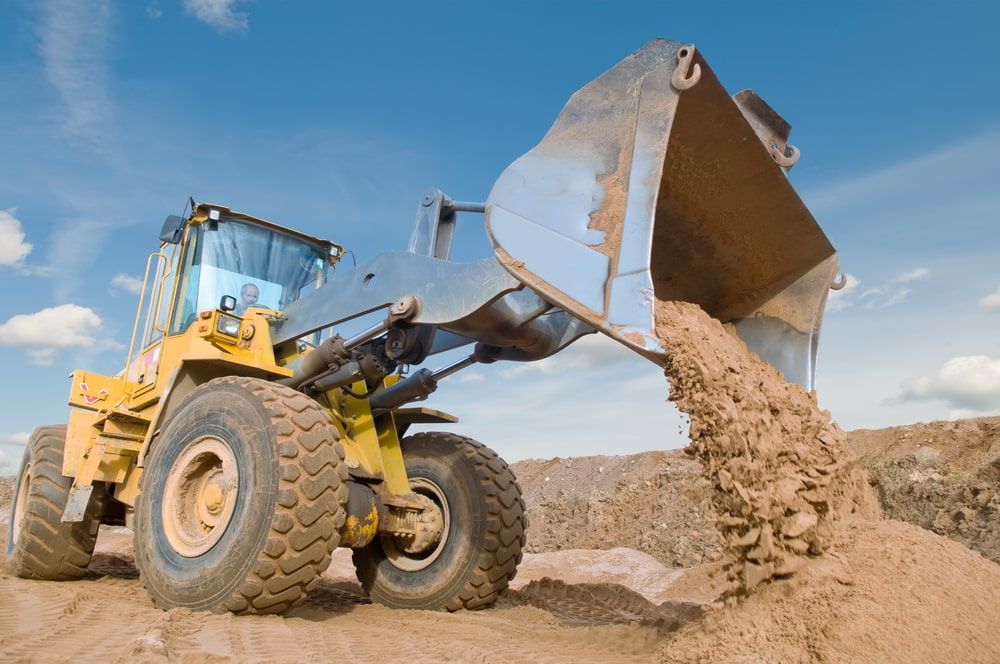Business Lancaster Trenching - Trenching Providers for Services in Lancaster
Business Lancaster Trenching - Trenching Providers for Services in Lancaster
Blog Article
Thorough Exploration: The Scientific Research Behind Superior Excavation Practices
From old hand devices to modern-day hydraulic excavators, the advancement of excavation strategies has actually been a testimony to human resourcefulness and technological improvements. What truly sets remarkable excavation techniques apart is a deep understanding of geological principles, coupled with the application of advanced devices and methodologies.
Evolution of Excavation Techniques
Throughout background, the evolution of excavation techniques has actually played a vital duty ahead of time building and construction practices and archaeological discoveries. From the simple devices used by our forefathers to the innovative machinery used in contemporary times, the development of excavation methods has actually substantially changed just how we approach various tasks.
In old times, hands-on labor with standard tools such as pickaxes, shovels, and wheelbarrows was the main approach of excavation. This labor-intensive process limited the deepness and range of excavations, commonly causing slow-moving progression and restricted access to particular sites. As human beings advanced, so did the devices and techniques utilized for excavation.
The Industrial Change marked a transforming factor in excavation methods with the introduction of steam-powered machinery. In contemporary times, modern technology plays a crucial function in excavation, with developments like GPS systems, drones, and 3D scanning boosting accuracy and effectiveness in the area.
Duty of Technology in Excavation

The combination of cutting-edge modern technology has basically transformed the field of excavation, improving accuracy and effectiveness to extraordinary degrees - excavating ohio. One of the essential technical advancements that has substantially influenced excavation methods is the use of GPS systems.
In addition, the development of 3D modeling and simulation software has streamlined the preparation process for excavation tasks. Drivers and engineers can now imagine the entire excavation process prior to damaging ground, determining potential challenges and enhancing process. Together with this, the application of drones in excavation activities has helped with airborne surveys, volumetric measurements, and site inspections with unmatched speed and precision.
Geological Principles in Excavation
An understanding of geological principles is essential for making certain the architectural honesty and stability of excavation websites. Geological elements play an important function in figuring out the usefulness and security of excavation tasks (septic ohio). One key geological concept to take into consideration is the sort of soil or rock present at the website. Various dirt kinds, such as clay, sand, or crushed rock, have varying levels of stability and need different excavation methods. As an example, natural dirts like clay may need extra assistance to stop collapses, while sandy soils may be vulnerable to erosion throughout excavation.
Furthermore, the geological structure of the area, including faults, fractures, and rock formations, should be thoroughly examined to identify potential risks and difficulties. Excavating near fault lines or unstable rock developments can lead to instability and potential risks. By conducting detailed geological surveys and evaluation, engineers websites and excavators can create approaches to mitigate threats and guarantee the successful conclusion of excavation tasks. Eventually, incorporating geological concepts right into excavation techniques is vital for accomplishing safe, effective, and sustainable results.

Latest Devices for Excavation
In the realm of excavation techniques, modern developments in tools have revolutionized the performance and accuracy of excavation procedures. One of the current tools making waves in the sector is using drones equipped with innovative imaging technology. These drones can supply in-depth aerial studies of excavation sites, providing real-time data on topography and prospective threats. This info help in far better preparation and decision-making throughout the excavation process.
An additional cutting-edge tool gaining popularity is the implementation of 3D printing innovation for creating personalized excavation equipment. This enables for the production of specialized devices that are customized to the certain needs of a task, boosting effectiveness and decreasing downtime.
Furthermore, advancements in products scientific research have actually brought about the advancement of stronger and more sturdy excavation tools. lancaster trenching. Tungsten carbide-tipped excavator add-ons, as an example, offer superior efficiency in difficult ground problems, boosting performance on-site
Scientific research's Impact on Excavation Practices

In addition, developments in you can try here products science have actually resulted in the creation of stronger, much more durable excavation devices and devices. The use of composite products in miners and shovels has actually enhanced their efficiency and durability, ultimately enhancing productivity on excavation sites. Additionally, scientific study on soil auto mechanics and geotechnical design has actually provided important understandings right into soil habits, allowing excavation specialists to make informed decisions concerning excavation approaches and dirt stablizing techniques. On the whole, scientific research continues to drive technology and renovation in excavation practices, making excavation projects more effective, economical, and lasting.

Verdict
In verdict, the advancement of excavation methods has been significantly influenced by improvements in technology and a deeper understanding of geological concepts. The most recent tools and tools used in excavation have improved effectiveness and accuracy in the area. The application of clinical understanding has dramatically improved excavation practices, leading to extra reliable and sustainable techniques for excavating numerous sorts of products.
In the realm of excavation practices, contemporary innovations in tools have actually revolutionized the performance and accuracy of excavation navigate to these guys processes. By leveraging scientific principles, the excavation industry has been able to dramatically enhance performance, accuracy, and safety and security in excavation processes. GPR allows excavation teams to non-invasively scan and map subsurface frameworks, energies, and possible hazards, allowing them to intend excavation projects with higher accuracy and minimized threat of mishaps.
Additionally, scientific research on soil mechanics and geotechnical engineering has given valuable insights into dirt actions, enabling excavation specialists to make enlightened choices relating to excavation methods and dirt stabilization techniques. Overall, science continues to drive innovation and improvement in excavation techniques, making excavation jobs much more efficient, economical, and sustainable.
Report this page